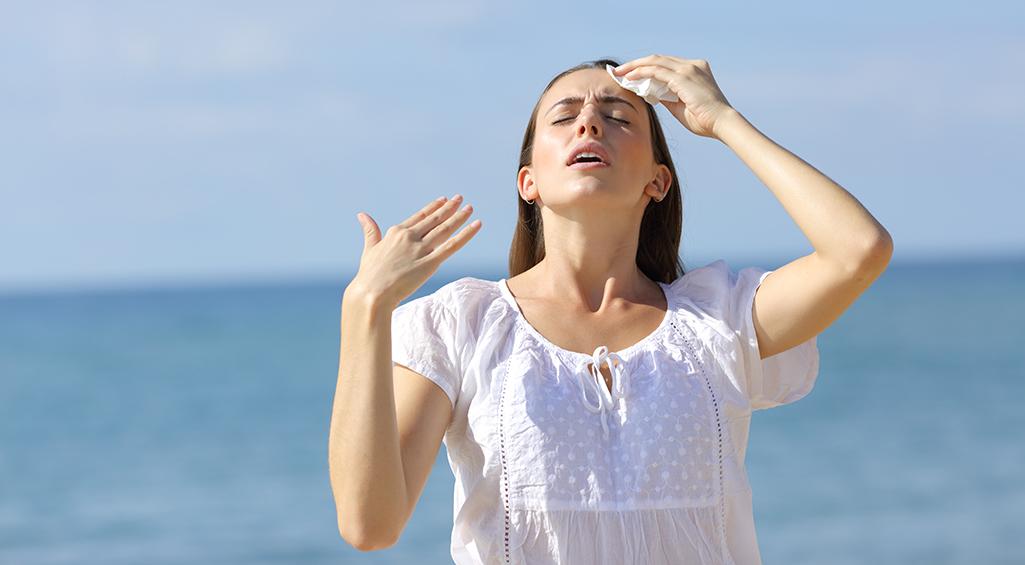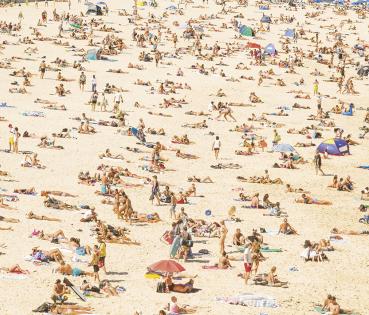
A summer out of danger
High temperatures put our health at risk, and with the forecasts for the coming years, everything indicates that we must learn to live with them.
If there is something that should worry us when exposing ourselves to the sun, it is, without a doubt, heat strokes. The human body has certain capacity to acclimatize to temperatures, but the acclimatization period can last between four and seven days, so the first days of a heat wave the body has not yet been able to complete this process and they are, precisely, where most deaths take place.
In fact, a heat stroke occurs if the body temperature rises rapidly and we are unable to lower it. When this occurs, cell membranes lose stability and may break. Furthermore, some biological molecules alter their structure and lose their function, as is the case with proteins. This can be life-threatening if it causes damage to the brain or other vital organs. In fact, normally, a human being with a body temperature above 41 degrees can survive in that range between 45 minutes and 8 hours, but if it is above 49 degrees, the average is reduced to 5 minutes before collapsing.
The problem with heat stroke is that, while the effect is immediate and severe, its symptoms can be confusing and variable. On many occasions, it manifests progressively, so it is difficult to realize that it is happening. General symptoms range from hot, dry, red skin or a racing pulse to headache, fever above 40 degrees, fainting, and seizures. According to the Spanish Society of General Practitioners (SEMG), sweating may be a key aspect to take into account, since it is one of the main active mechanisms by which we lower the body temperature. Knowing how everyone sweats and where they do it, if we observe excessive sweating and perspiration in unusual areas, this could be a symptom that reveals what is happening.
Better not to risk
The recommendations are clear: drink plenty of fluids, avoid going out in the hottest period (the time periods when the temperature rises above 35 degrees) and keep the body at stable temperatures. It is important to take these indications into account and strictly respect them, so it is recommended to take measures such as ventilating the house frequently, drinking at least one and a half liters of water daily, accompanying it with an isotonic drink for the loss of salts, and going out home from six in the evening. Cold water showers or passing a cold cloth over the ankles, groin, armpits and forehead are two very practical options after having been exposed to the sun outside.
These indications are even more necessary in the case of children under five years old, since they have not yet developed the thermoregulatory system, and in adults over seventy years, the age group in which mortality of this type has increased the most. People who have some underlying pathology are also more prone to suffer a heat stroke. One of the diseases in which this is most evident is obesity (especially if it is morbid obesity), due to the lack of temperature regulation because of fat, and in very thin people, due to dehydration with dryness of the skin.
On the other hand, the general population, and particularly those who practice outdoor sports, when exposed, should also have basic resources such as a cap, sunglasses, a fan, an umbrella, or even a cooling spray in case of spending several hours abroad. It is also important to eat a good diet, with a clear presence of fruits and vegetables, and to avoid, as far as possible, the consumption of alcoholic beverages under the influence of heat.




